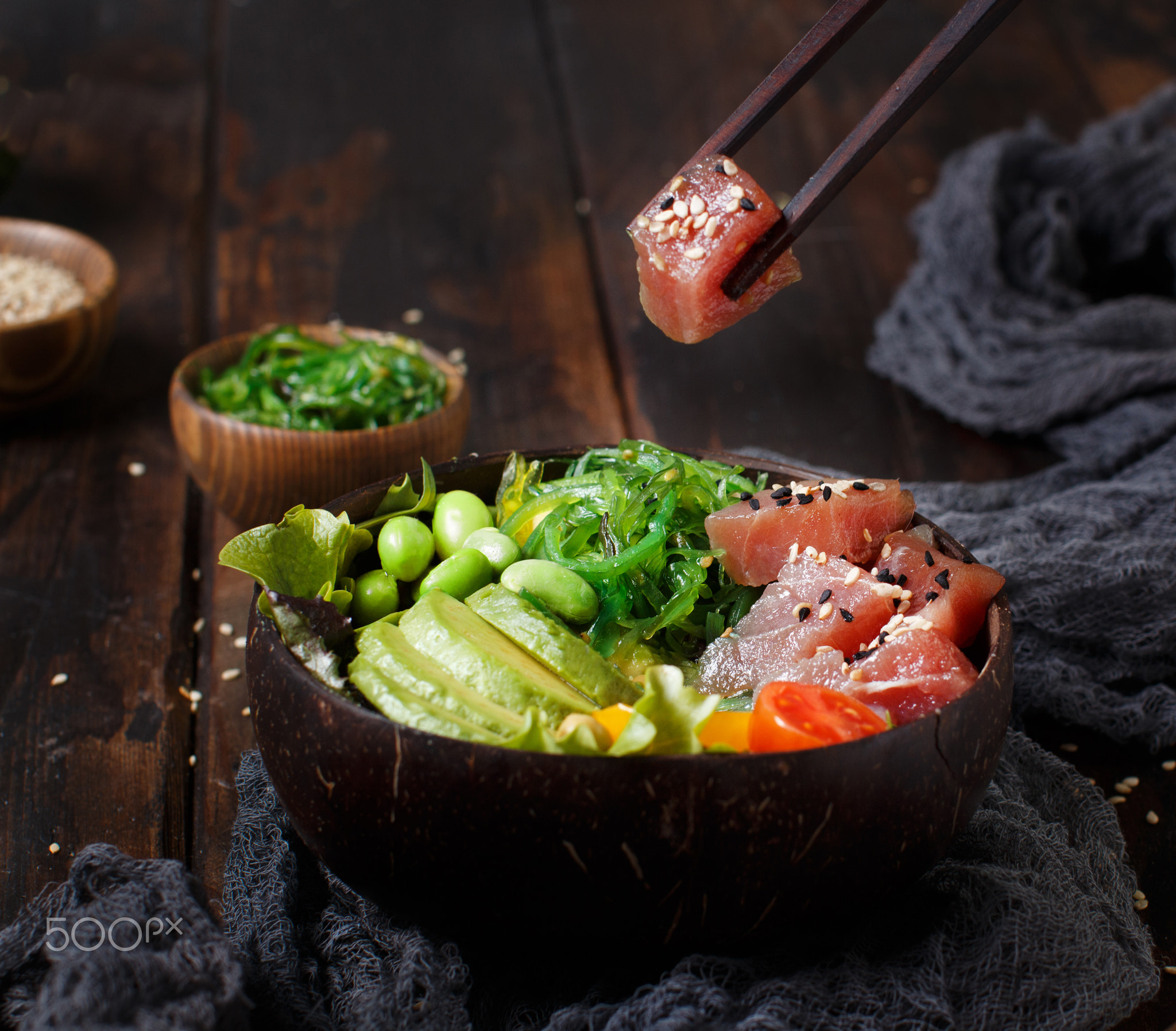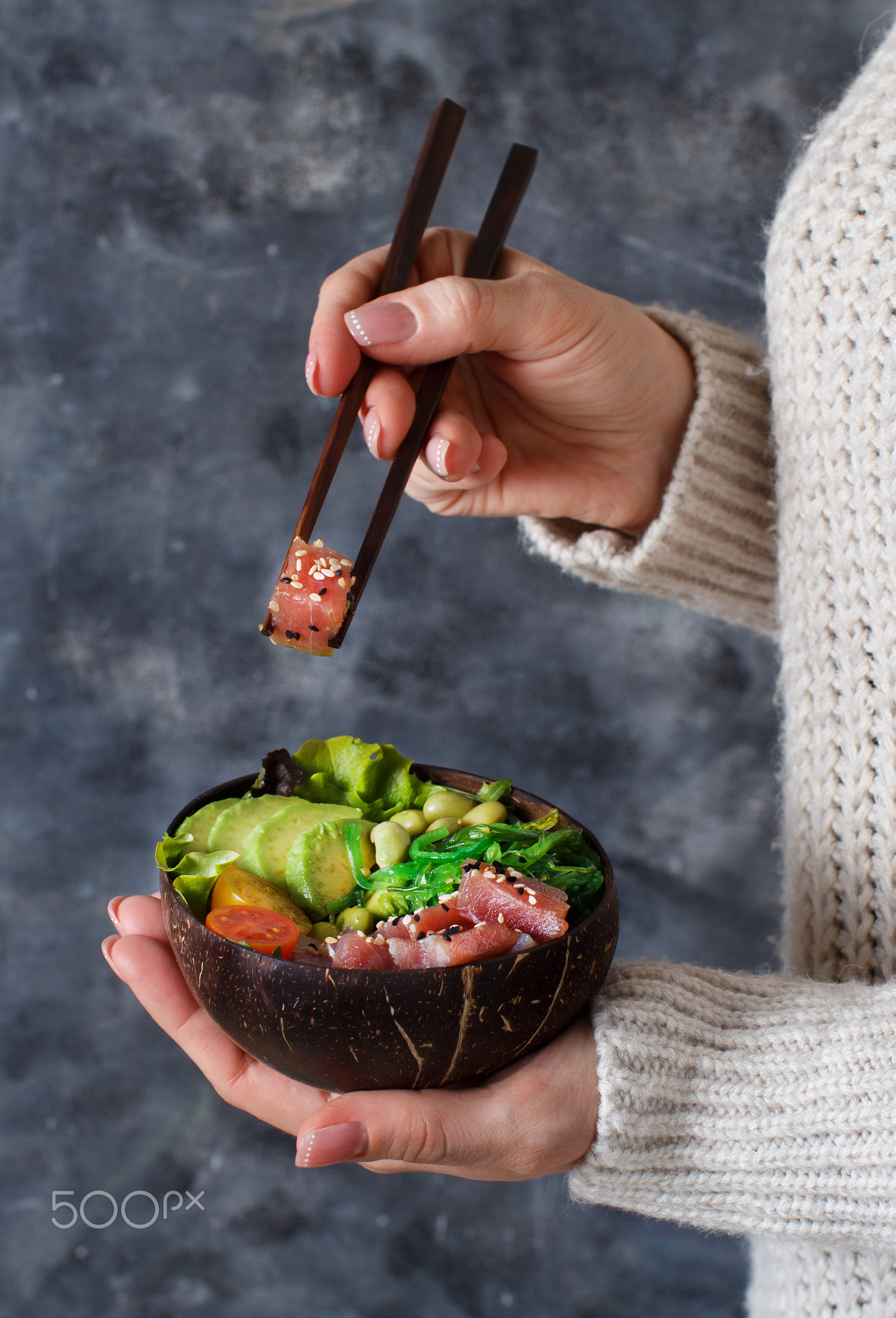How Tuna Salad Became A Staple In American Lunches
The Rise of Tuna Salad
A Post-World War II Phenomenon
In a nation remodeled by the Second World War, tuna salad emerged as a handy, versatile, and economical culinary creation that might forever alter the American lunchtime landscape.
The post-war era witnessed a culinary revolution fueled by revolutionary food processing strategies and the widespread availability of refrigeration. Canned tuna, as soon as a wartime necessity, discovered its method into American kitchens, offering a shelf-stable and inexpensive supply of protein.
Complementing the canned tuna was a concoction of mayonnaise, a wartime invention that had gained popularity as a spread and sandwich filling. The mixture of tuna and mayonnaise proved to be a harmonious union, creating a creamy and flavorful unfold that could possibly be enjoyed by itself or integrated into sandwiches, salads, and casseroles.
The rise of tuna salad was additionally attributed to the growing popularity of lunchboxes. As extra Americans entered the workforce, they sought convenient and moveable meals that could be easily packed and eaten on the go. Tuna salad sandwiches, with their self-contained combination of protein, carbohydrates, and greens, perfectly fit this want.
In addition to its convenience, tuna salad supplied a variety of culinary possibilities. It might be personalized with numerous seasonings, vegetables, and even fruits, making it a flexible dish that could cater to numerous tastes.
The popularity of tuna salad extended beyond lunchboxes, turning into a staple in cafeterias, delis, and even upscale restaurants. It graced the menus of diners and drive-ins, providing a comforting and acquainted meal choice.
As tuna salad grew to become an integral part of American cuisine, it also played a role in shaping the nation’s meals tradition. Its widespread availability and affordability contributed to the democratization of nice eating, making connoisseur flavors accessible to individuals from all walks of life.
The post-World War II era marked a time of culinary transformation, and tuna salad emerged as a true culinary icon. Its enduring popularity is a testament to its comfort, versatility, and ability to evoke a sense of nostalgia for a bygone era.
Affordable and Accessible
In the early twentieth century, tuna salad emerged as a well-liked and affordable lunch possibility within the United States.
Canned tuna, launched in the late 1800s, offered a convenient and inexpensive source of protein.
Mayonnaise, another key ingredient, became widely out there across the identical time, adding creaminess and taste.
Together with celery, onion, and seasonings, these elements created a flexible and satisfying salad.
Its recognition was additional boosted by its portability, making it best for packed lunches.
Tuna salad grew to become a staple in class lunchboxes, picnics, and workplace lunches.
Its affordability and accessibility made it a favourite amongst working-class households and students.
Over time, tuna salad evolved into a culinary staple, with variations incorporating completely different components and flavors.
It remains a testomony to the enduring enchantment of easy, reasonably priced, and scrumptious dishes.
Convenience and Versatility
Tuna salad has turn into a staple in American lunches because of its convenience and flexibility. It is a quick and simple meal to organize, and it could be personalized to suit individual tastes, making it good for a selection of occasions.
Tuna salad’s popularity started to rise within the early 20th century. At the time, canned tuna was turning into more and more in style as a handy and inexpensive approach to get protein. It was additionally throughout this time that mayonnaise, one other key ingredient in tuna salad, was turning into more broadly out there.
During World War II, tuna salad was a popular food for soldiers as a end result of it was easy to move and retailer. It was also an excellent source of protein and calories, which have been important for soldiers on the front traces.
After the war, tuna salad continued to grow in recognition. It turned a standard lunch merchandise for manufacturing unit and workplace employees, as well as for housewives who wanted a fast and easy meal to prepare for their households.
Today, tuna salad is a popular menu merchandise at restaurants, delis, and cafeterias. It can additionally be a common selection for packed lunches and picnics. Tuna salad is a versatile dish that might be served on sandwiches, salads, and crackers. It may additionally be used as a filling for tacos, burritos, and wraps.
Tuna salad is a straightforward and scrumptious dish that is excellent for a variety of events. It is convenient and versatile, and it can be custom-made to fit particular person tastes.
Tuna Salad in Modern Times
Decline in Popularity
Tuna salad was once a staple in American lunches, however has seen a decline in reputation in recent years.
Reasons for the decline:
- Changing tastes: Tuna salad is a mayonnaise-based dish, which some individuals discover unappealing. Additionally, the taste of tuna can be strong and fishy, which may not be to everyone’s liking.
- Health issues: Tuna is a high-mercury fish, which may be harmful to well being if consumed in giant amounts. This has led some people to keep away from tuna salad altogether.
- Convenience: Tuna salad is a relatively time-consuming dish to make. In right now’s fast-paced world, many individuals prefer fast and easy meals.
- Competition: There are now a wide variety of other lunch choices out there, similar to sandwiches, wraps, and salads. This has made it harder for tuna salad to face out.
Despite its decline in reputation, tuna salad stays a preferred alternative for some people. It is a relatively inexpensive and easy-to-make dish that could be packed for lunch or eaten at home. Additionally, tuna salad is a good source of protein and omega-3 fatty acids.
Here are some methods to make tuna salad more appealing to trendy tastes:
- Use a different kind of mayonnaise: Instead of conventional mayonnaise, strive using a lighter mayonnaise or a yogurt-based dressing.
- Add some greens: To make tuna salad extra nutritious and flavorful, add some chopped greens, similar to celery, onion, or carrots.
- Use a special type of tuna: If you don’t like the style of canned tuna, attempt using fresh tuna or smoked tuna.
- Experiment with completely different flavors: Add some herbs, spices, or other elements to tuna salad to create completely different taste mixtures.
Changing Health Concerns
Tuna salad has a protracted and storied history, relationship back to the 1800s. Initially created as a method to make use of up leftover tuna, it shortly turned a preferred dish among the working class. Canned tuna was changing into increasingly well-liked on the time, making the dish much more accessible.
In the early 1900s, tuna salad started to be featured in cookbooks and magazines. The original recipes had been simple, consisting of tuna, mayonnaise, celery, and onion. Over time, however, the recipe began to evolve, with the addition of ingredients such as hard-boiled eggs, pickles, and even grapes.
Tuna salad reached its peak of recognition within the 1950s and Sixties, when it was a staple in American lunches. It was often served on sandwiches, salads, or crackers. However, in current times, tuna salad has fallen out of favor because of concerns concerning the well being dangers associated with consuming tuna. For example, tuna is excessive in mercury, which can be dangerous to pregnant ladies and youngsters.
Despite these issues, tuna salad remains a preferred dish in lots of components of the world. It is a flexible dish that may be simply customized to go properly with individual tastes. If you might be concerned about the health dangers related to consuming tuna, you can restrict your consumption or choose to eat different forms of fish, similar to salmon or cod.
Evolution and Innovation
Tuna Salad: A Staple in American Lunches
Tuna salad, a basic American lunch staple, has undergone a big evolution over the years. From its humble origins as a simple combination of canned tuna, mayonnaise, and celery, it has transformed into a various and revolutionary dish with numerous variations and modern twists.
In the early twentieth century, tuna salad gained recognition as a handy and inexpensive meal for working-class Americans. Its primary ingredients—canned tuna, mayonnaise, and celery—were broadly available and cheap. However, the original recipe was often bland and uninspired.
As culinary techniques and tastes evolved, tuna salad began to embrace a wider vary of flavors and ingredients. The addition of chopped hard-boiled eggs, chopped pickles, and minced onion enhanced its texture and style. Variations with different varieties of mayonnaise, corresponding to lemon-herb or roasted garlic, added a touch of sophistication.
Modern tuna salad has turn into a culinary canvas for creativity and experimentation. Chefs and residential cooks alike have launched a myriad of elements, from chopped nuts and seeds to grilled vegetables and recent herbs. The result’s a diverse array of tuna salads that cater to every palate, from traditionalists to adventurous eaters.
Innovative tuna salad creations have additionally emerged, breaking away from the basic mayonnaise-based formula. Some variations use Greek yogurt or avocado as a healthier substitute for mayonnaise. Others incorporate Asian flavors with elements like soy sauce, sesame oil, and seaweed. The prospects are endless.
Tuna salad’s evolution is a testament to its versatility and flexibility. It is a dish that has embraced culinary advancements while remaining a beloved American lunch staple. Whether loved in its traditional form or in its trendy interpretations, Tuna Salad Avocado salad continues to please and fulfill generations of lunch enthusiasts.


